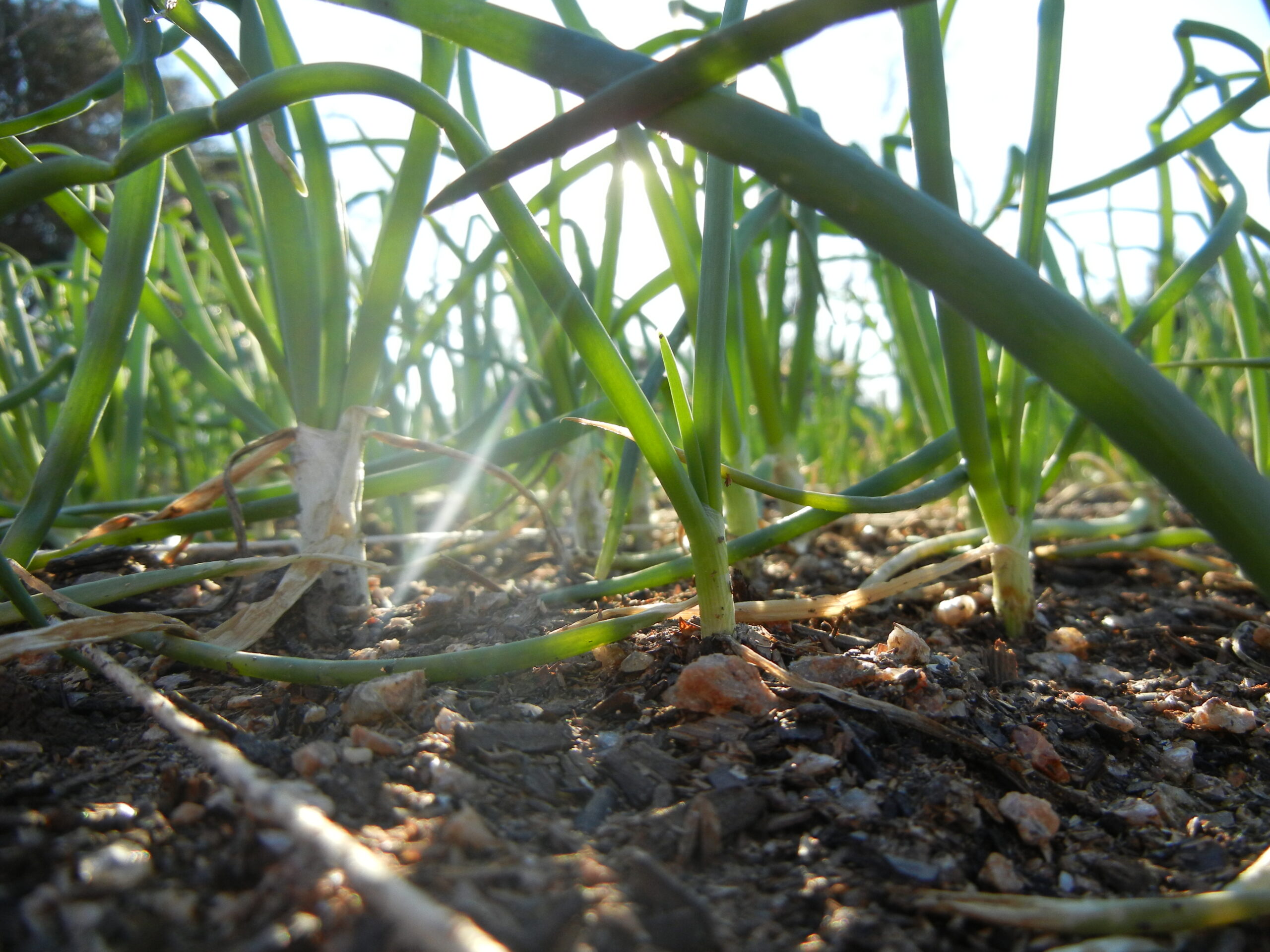
Walking and Breathing
A reminder of the invitation to you—and everyone you want also to invite—to gather next Saturday, March 19, at noon, at the boat launch on the north shore of Lady Bird Lake, where we will engage in arts activism as we walk together on a three-mile loop around the water, wearing some form of white hat or head covering, carrying our own water bottles, and scattering native sunflower seeds along the trail. There may be just a few of us; there may be more; we will be:
Walking in Solidarity
with All Those Who Care
for the Victims of Violence
The Most Fundamental Form of Nourishment
I love contemplating this reality: The first thing we do in our life on this vast, connected earth of ours is breathe in; the last thing we do, our final goodbye, is breathe out. In between those two breaths—the first inhalation and last exhalation—are a series of both automatic and dialogic breaths. I love that when I’m sleeping or otherwise distracted from noticing my body at all, my body continues to breathe for itself, for me, setting an optimal pace to oxygenate my blood, to fuel my brain and muscles, to regulate my heartrate and other functions. I love that my body responds on its own to threats and demands—perceived or real—by modifying its lung-breathing and heart-beating rhythms in specific, targeted ways. I love that I can also breathe with choice, to determine the depth and to time the length of my breaths, and in the process of focusing on and shaping my breathing, I can ease my mind and soothe my spirit; I can turn down the markers of anxiety throughout my body; I can explore possibilities that might otherwise be inaccessible. Although millennia of spiritual and philosophical seekers around the world have found and shared the benefits inherent to breath work practices, modern scientific and medical research has further explored and quantified many of these benefits.
If you, like me, have found yourself over the past two weeks of war horror in Europe toggling between holding your breath in tension and suspense or managing upwellings of adrenalin and its accompanying short and shallow breathing, I want to share with you a perhaps oversimplified but astonishingly effective and accessible centering and calming practice: Download the free Breathing App on your phone. (Its logo is a black background with a gray ball in its center.) Optimally (so you can have your eyes closed during the practice), choose the sound (or visual, if needed) prompt to mark the in and out breaths. Set the total time for 12 minutes, if you have that time to devote to the practice; the current understanding is that after 12 minutes, you will have diminishing returns for each minute spent (still accumulating positive benefits, but less efficiently), but 12 offers you maximum physiological results. Know, too, that some time will give your mind and body more support than no time. Explore with the ratio between breaths set at 5:5; this is the closest to resonant breathing, or 6 full breaths per minute. Settle into a comfortable seated position, start the timer, close your eyes, and just breathe, bringing your attention gently back to your breath anytime your thoughts wander elsewhere. Maybe you imagine breathing in calm and breathing out stress, breathing in care and breathing out harm. Keep practicing, every day if possible; I’d love to hear what you discover in the process.




